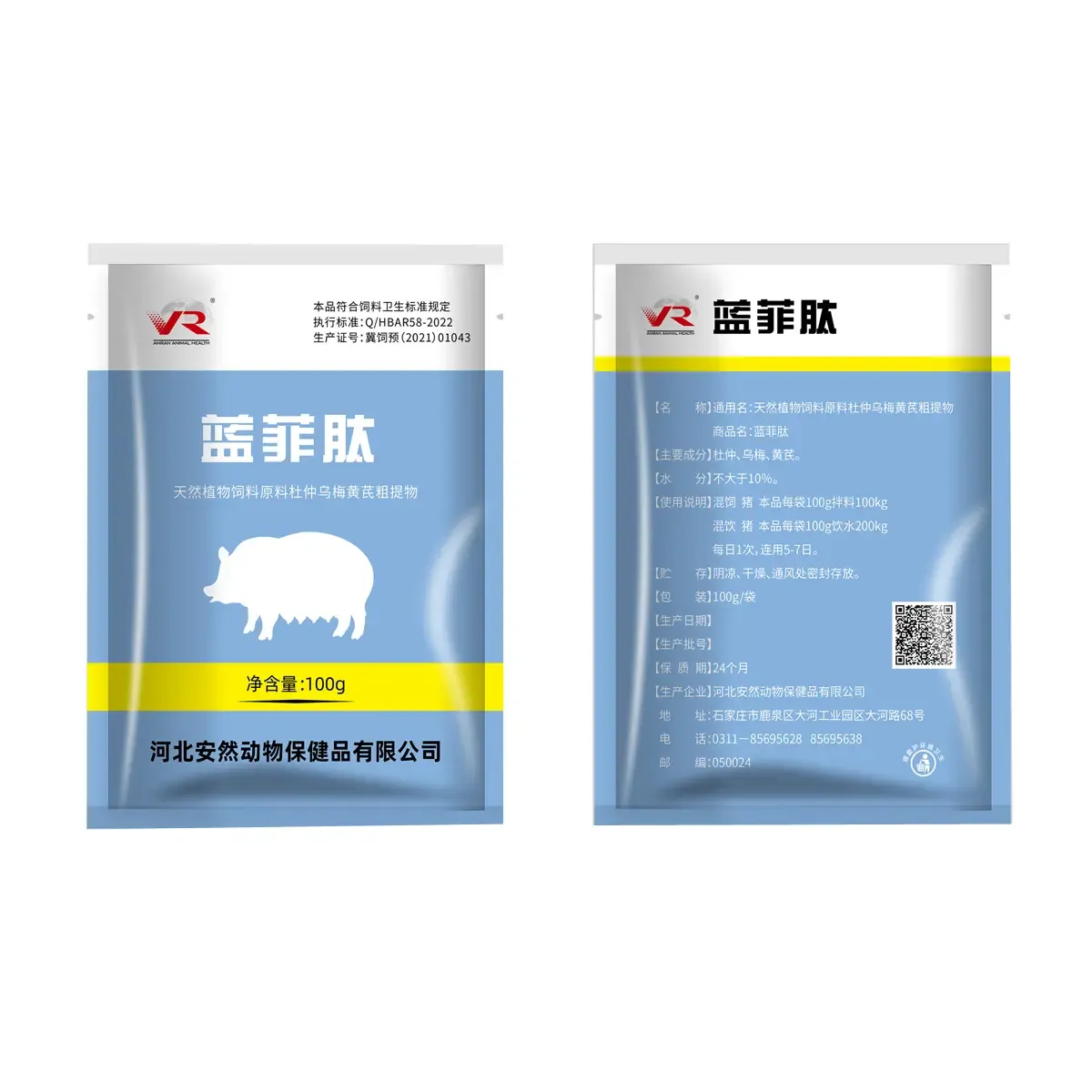- Afrikaans
- Albanian
- Amharic
- Arabic
- Armenian
- Azerbaijani
- Basque
- Belarusian
- Bengali
- Bosnian
- Bulgarian
- Catalan
- Cebuano
- Corsican
- Croatian
- Czech
- Danish
- Dutch
- English
- Esperanto
- Estonian
- Finnish
- French
- Frisian
- Galician
- Georgian
- German
- Greek
- Gujarati
- Haitian Creole
- hausa
- hawaiian
- Hebrew
- Hindi
- Miao
- Hungarian
- Icelandic
- igbo
- Indonesian
- irish
- Italian
- Japanese
- Javanese
- Kannada
- kazakh
- Khmer
- Rwandese
- Korean
- Kurdish
- Kyrgyz
- Lao
- Latin
- Latvian
- Lithuanian
- Luxembourgish
- Macedonian
- Malgashi
- Malay
- Malayalam
- Maltese
- Maori
- Marathi
- Mongolian
- Myanmar
- Nepali
- Norwegian
- Norwegian
- Occitan
- Pashto
- Persian
- Polish
- Portuguese
- Punjabi
- Romanian
- Russian
- Samoan
- Scottish Gaelic
- Serbian
- Sesotho
- Shona
- Sindhi
- Sinhala
- Slovak
- Slovenian
- Somali
- Spanish
- Sundanese
- Swahili
- Swedish
- Tagalog
- Tajik
- Tamil
- Tatar
- Telugu
- Thai
- Turkish
- Turkmen
- Ukrainian
- Urdu
- Uighur
- Uzbek
- Vietnamese
- Welsh
- Bantu
- Yiddish
- Yoruba
- Zulu
Desemba . 14, 2024 01:55 Back to list
veterinary amoxicillin injection
The Use of Veterinary Amoxicillin Injection A Comprehensive Overview
Amoxicillin is a widely used antibiotic that belongs to the penicillin group of drugs and is recognized for its effectiveness against a broad spectrum of bacterial infections. In veterinary medicine, amoxicillin injection is a vital tool in treating infections in various animal species. This article aims to explore the applications, benefits, dosage guidelines, potential side effects, and considerations regarding the use of amoxicillin in veterinary practices.
Applications in Veterinary Medicine
Amoxicillin is predominantly utilized in treating bacterial infections in dogs, cats, cattle, horses, and other animals. The antibiotic is effective against infections caused by susceptible strains of bacteria, including respiratory infections, skin infections, urinary tract infections, and gastrointestinal infections. It works by inhibiting bacterial cell wall synthesis, effectively halting bacterial growth and replication. In veterinary practices, amoxicillin is often favored due to its efficacy, safety profile, and relatively low cost.
Benefits of Amoxicillin Injection
One of the primary advantages of amoxicillin injection is its rapid onset of action. When delivered via injection, the antibiotic quickly enters the bloodstream, allowing for immediate therapeutic effects. This is particularly beneficial in cases where oral administration may not be feasible due to the animal's condition, stress, or inability to swallow.
Moreover, amoxicillin has a favorable tissue distribution, which means it effectively reaches commonly infected areas in the body. This characteristic is especially important in treating systemic infections where quick and thorough drug action is necessary to avoid severe complications.
Dosage Guidelines
veterinary amoxicillin injection

Proper dosage of amoxicillin is crucial for effective treatment while minimizing the risk of side effects or antibiotic resistance. The dosage typically varies based on the type of animal, the specific infection being treated, and the severity of the condition. Generally, veterinarians prescribe amoxicillin based on weight, with common dosages ranging from 5 to 10 mg per kg of body weight.
Veterinarians often consider the pharmacokinetics of amoxicillin, including its half-life and elimination route, when determining the frequency of administration. Most infections require treatment over a period of 5 to 14 days, and it is essential that pet owners follow the veterinarian's instructions closely to ensure complete course adherence.
Potential Side Effects
While amoxicillin is generally well-tolerated, some animals may experience side effects. Common side effects include gastrointestinal upsets such as diarrhea, vomiting, and loss of appetite. Allergic reactions, though rare, can occur, leading to symptoms such as skin rash, itchiness, or swelling. Anaphylactic reactions could be life-threatening and require immediate veterinary attention.
It’s important for pet owners to monitor their animals closely during treatment and report any concerning symptoms to their veterinarian. Additionally, concerns regarding antibiotic resistance should be taken seriously, emphasizing the importance of using antibiotics only when necessary and as prescribed.
Considerations in Practice
When administering amoxicillin injections, veterinarians must consider the animal’s health history, breed, age, and existing medical conditions to avoid potential adverse effects. Special caution is advised for animals with a known allergy to penicillin or those with kidney-related issues, as dose adjustments may be necessary.
In conclusion, veterinary amoxicillin injection is a critical component of modern veterinary care, effectively treating a broad range of bacterial infections in animals. Its benefits, including rapid action and excellent tissue penetration, make it a choice antibiotic. Nevertheless, responsible usage, adherence to prescribed dosages, and awareness of potential side effects are paramount for the safety and well-being of the animal. As with any medication, careful consideration and guidance from a qualified veterinarian will ensure the best outcomes for our beloved pets and livestock.
-
Guide to Oxytetracycline Injection
NewsMar.27,2025
-
Guide to Colistin Sulphate
NewsMar.27,2025
-
Gentamicin Sulfate: Uses, Price, And Key Information
NewsMar.27,2025
-
Enrofloxacin Injection: Uses, Price, And Supplier Information
NewsMar.27,2025
-
Dexamethasone Sodium Phosphate Injection: Uses, Price, And Key Information
NewsMar.27,2025
-
Albendazole Tablet: Uses, Dosage, Cost, And Key Information
NewsMar.27,2025













